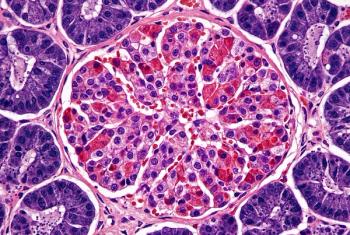
Healthcare facilities account for 9% of energy consumption
Some green goals are consistent with functional requirements of the healthcare facility, but others may require trade-offs, including possible compromises on the project budget and schedule
Employees and executives are being called upon to assist as organizations implement "green" systems within healthcare facilities. The term "green building" or "sustainability" can mean a variety of things. Commonly, however, "green" design and construction includes:
Sustainability has particular resonance for healthcare facilities because improved indoor environmental quality demonstrably improves the health of patients, professionals, staff and visitors. Further, healthcare facilities are major generators of waste and are substantial consumers of increasingly energy and water.
Healthcare facilities generate more than 2 million tons of solid waste annually, which accounts for the majority of hospital waste disposal cost. Given a likely increase in waste disposal costs, designing or renovating a facility to more efficiently handle waste is an economic necessity.
Recently, federal, state, or local tax incentives, and other financial benefits, have been made available to businesses that increase their energy efficiency. These considerations tend to justify increased attention to possible energy savings when building new healthcare facilities or engaging in substantial renovation. Designs that make efficient use of water, and recycle water when possible, can offer operating cost savings, as well as help avoid strain with communities where water is scarce.
Healthcare organizations can gain recognition for "sustainable" or "green" facilities in a variety of ways, the most well-known of which are Leadership in Energy and Environmental Design (LEED) certification through the U.S. Green Building Council (USGBC) or earning an Energy Star designation through EPA's sponsored program.
Points can be earned for LEED certification for:
Some green goals are entirely consistent with functional requirements the healthcare facility would have pursued in any case. But others may require trade-offs, including possible compromises on the project budget and schedule. To most effectively balance "green" goals with other program requirements, the healthcare facility must obtain input from all of the interest groups within the organization, not just the medical professionals, but also administration, patients, facility management, maintenance and IT.
Going green and earning a reputation for doing so is good business. Making the effort can improve a facility's image in the community, and assist in obtaining community acceptance of proposed expansions, or required zoning and planning approvals. For all these reasons, "greening" is well worth the attention of the facility's management professionals.
Joyce Hackenbrach is a partner and member of the Health Care Practice Group at Pepper Hamilton LLP
Newsletter
Get the latest industry news, event updates, and more from Managed healthcare Executive.






















































